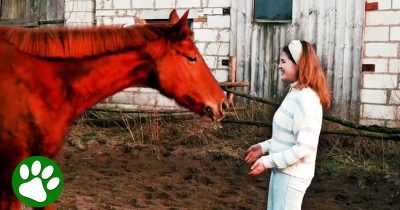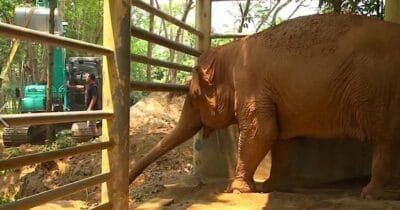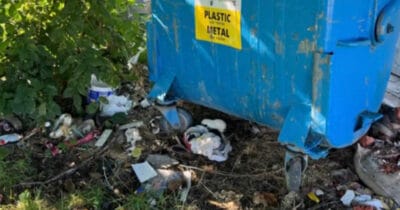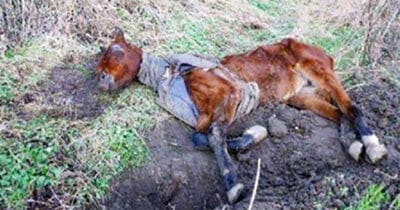
Illegal animal poaching is a heinous crime, one that remains a major problem for protected species.
It’s even worse when poachers target an extremely rare animal—and in one recent case, these hunters killed two of only three known white giraffes left in the world.
Now, there’s only one survivor—and conservationists are going great lengths to ensure his survival.
In 2017, villagers in Kenya discovered a remarkable sight: two completely white giraffes, a mother and her child. These animals, who get their unique look from a condition called leucism, are so rare that the sighting was the first time white giraffes had been caught on video.
The giraffes seemed remarkably calm, unthreatened by humans: “They were so close and extremely calm and seemed not disturbed by our presence,” the Hirola Conservation Program said at the time.
The giraffes were given protection by conservation groups, and were watched over by the Ishaqbini Hirola Community Conservancy.
But sadly, this wasn’t enough to keep them from the greedy hands of man. What made this giraffes so rare and beautiful also made them a target for poachers.
And in March, these giraffes were found dead.
“This is a very sad day for the community of Ijara and Kenya as a whole. We are the only community in the world who are custodians of the white giraffe,” Mohammed Ahmednoor, manager of the conservancy, said in a statement.
“Its killing is a blow to the tremendous steps taken by the community to conserve rare and unique species and a wake-up call for continued support to conservation efforts.”
Many giraffe species are already vulnerable and close to endangerment, but these poachers nearly wiped out the entire white giraffe population.
The deaths of the mother and her calf left just one alive on earth: a male giraffe.

But now, conservationists are going great lengths to ensure this last survivor is protected.
In a collaboration between Ishaqbini Community Conservancy and the Kenya Wildlife Service with support from the Northern Rangelands Trust and Save Giraffes Now, the giraffe has been fitted with a GPS tracker.
According to a press release, the tracker will give hourly updates on his location, allowing rangers to monitor his movements.
“Our mission is to work with communities, enable them be resilient, secure their livelihoods as well as protect the unique wildlife like the only known white giraffe,” said Northern Rangelands Trust’s Senior Wildlife Monitoring officer Antony Wandera.

The conservancy is a vast, unfenced area, which allows these animals to roam naturally but can make them hard to track. When the mother and her calf were killed in March, it had been three months since their last sighting.
Hopefully, this one-of-a-kind giraffe survives and is kept out of the hands of poachers.
It’s a reminder of the threat illegal hunting poses to critically endangered species — we need to do everything we can to protect them! Share this story if you agree!






